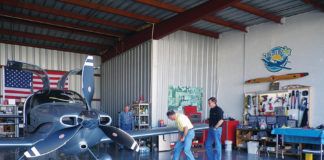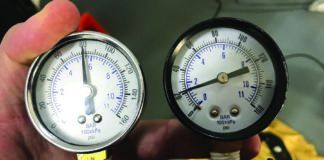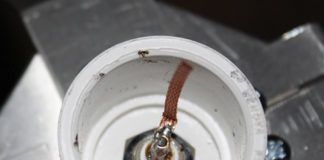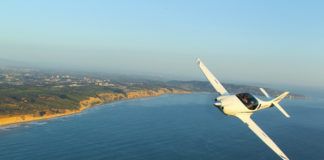Free Fall
I have been following Elliot Seguin’s column, “High Desert Tales,” about his avocation and now job as a test pilot, with much interest. His article about free-fall parachute training in the July 2017 issue covers a little talked about part of our flying skills that each of us who build and fly Experimental aircraft should probably consider.
While in the process of building my Dyke Delta JD2, I decided that if I ever found it necessary to exit my aircraft because of fire or structural failure, and the chances of having a survivable controlled landing were not good, I wanted to be less afraid of going to my parachute than staying with the aircraft. The obvious thing to do was to go through parachute training, so at 45 years old, I did just that. It became another expensive hobby, but I now have no qualms whatsoever about using my chute in an emergency situation.
—Kelly Troyer
Gyroplanes
I’ve been reading Barnaby Wainfan’s recent series about gyroplanes [“Wind Tunnel,” June-October 2017] and found it fascinating. I believe that after World War II, gyroplanes would have disappeared completely if it wasn’t for Igor Bensen. He had ads in the back of Popular Mechanics, Mechanix Illustrated, Popular Science, and numerous other magazines that kept them in the public’s eye. Even James Bond flew a gyroplane. I’m glad they are still around. They look fun!
—Myron Winchester
Glad you liked the series, Myron (and others who wrote). We’re always looking for good articles written about E/A-B rotorcraft for the magazine. If anyone has a good story, send it in!—Ed.
Funky URLs
I like how KITPLANES articles often include references to websites for more information. But what’s with the bizarre URLs that include “tinyurl” as part of the address? Whenever I type one into my web browser, it never works. Why don’t you just print the regular URL?
—Steven Andrews
Unlike the online edition of KITPLANES, which includes direct links to the reference material, you can’t click on a link in a magazine. They must be manually typed into a web browser, and if they are long, there’s a pretty good chance for an error. For example, here’s a link from a recent story:
Would you prefer to type that or this? http://tinyurl.com/m4vsbeh
If a link is short, we include the actual link. But if it is more than 45-50 characters, we’ll use a short URL. These are typically about 25-30 characters, and the first 19 characters are always the same—http://tinyurl.com/.
We suspect the reason the links aren’t working for you is because you are possibly typing a period at the end of the URL. Web addresses never end with a period.
We’ve considered not including a period at the end of sentences that end with a web address. However, most grammar experts and newspaper and magazine style guides recommend not doing this.—Ed.
Write to [email protected].




